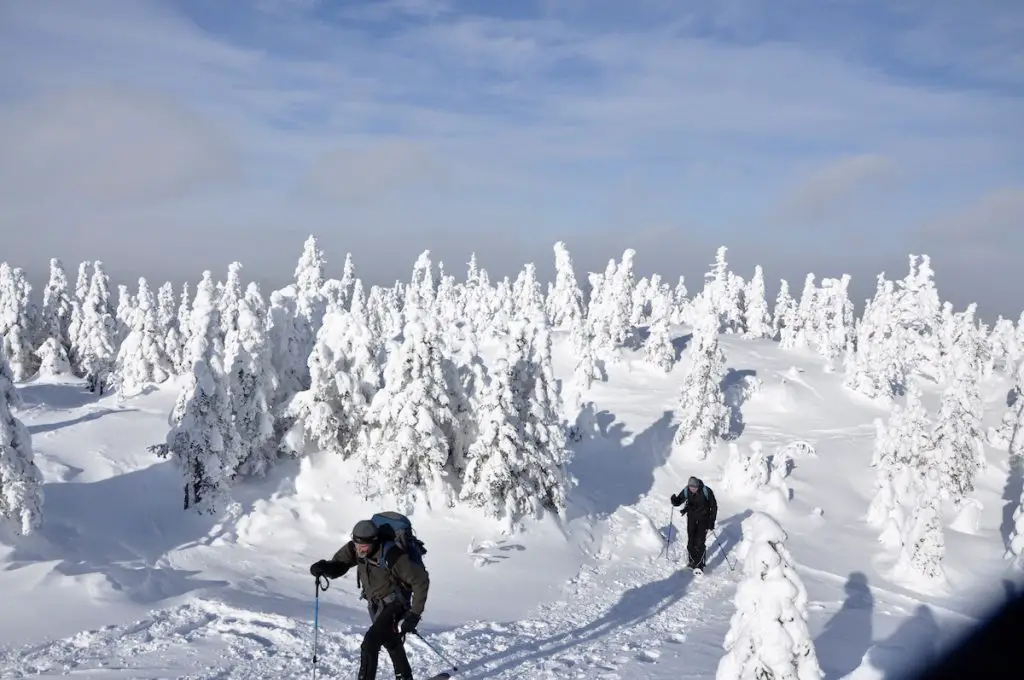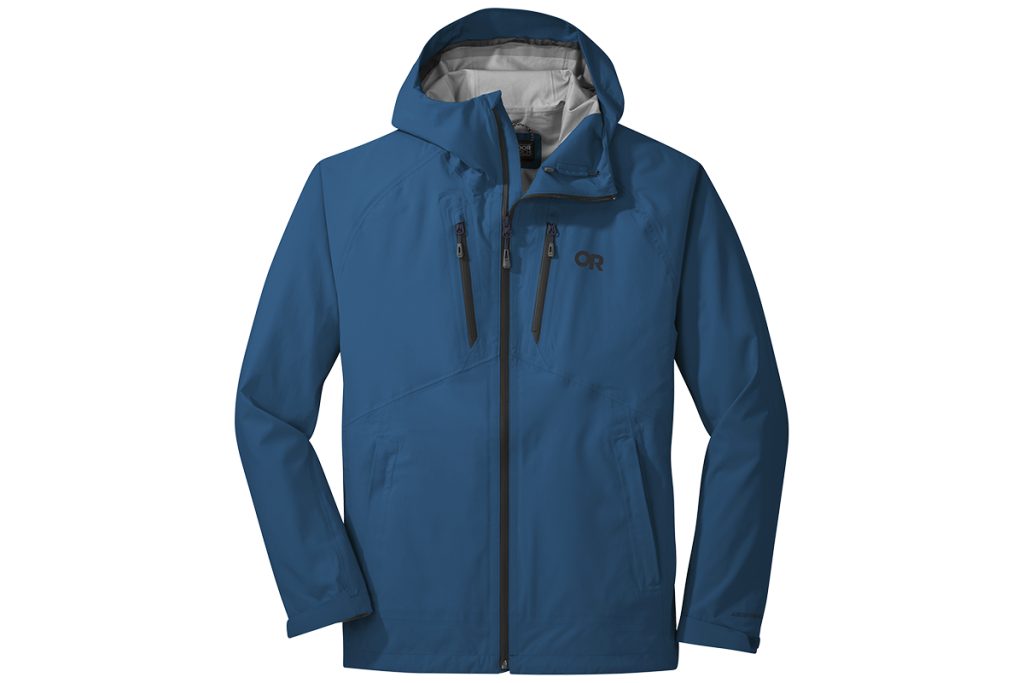The arrival of winter doesn’t have to mean that we all head inside and wait until spring to continue our outdoor adventures. On the contrary, the cold and snow bring opportunities for new kinds of adventures, and quite frankly, if you haven’t embraced skiing, snowboarding, snowshoeing, or the host of other winter activities, you’re truly missing out.
That said, greater care and caution is needed when heading outside in cold conditions, as freezing temperatures can lead to dangerous situations if we’re not careful. But a proper layering system can ensure that we stay warm and comfortable at just about any temperature, provided you have the proper gear.
So what just what gear do you need to stay warm and dry? This is how to dress for winter and stay comfortable in adverse conditions.

Layer Up!
Chance are you’ve heard the advice to dress in layers before, and of course, it seems like common-sense advice. But, there is a measured approach to wearing layers that goes well beyond just piling on more clothes. An approach that is both more efficient and more comfortable.
The idea behind a layering system is to have the right clothes to wear, not just more clothes to put on. Each of the three layers that make up this system has a purpose and is meant to work with the others to keep us warmer and dryer. The goal is to create warmth and keep us dry, manage moisture, and regulate our overall temperature.
Here’s what you need:

Base Layers
Perhaps the most important layer of all is the base layer. These lightweight garments sit closest to the skin and are charged with wicking moisture away from the body, drying quickly, and regulating our warmth. These layers come in a variety of “weights” that are meant for different temperature levels. In temperatures close to freezing (32ºF/0ºC), a lightweight base layer will often do the trick. When things get colder, increasingly thicker and warmer (aka heavier), base layers may be needed.
When shopping for base layers, look for ones that are made from merino wool or synthetic fabrics designed for these types of garments. Those types of materials are not just fast drying and breathable, but they won’t retain odors either, something that is very important when traveling for an extended period of time. And since you’ll likely be wearing your base layers the entire time you’re in a cold environment, you wan them to be soft, comfortable, and perform extremely well.

Insulating Layer
The middle layer of any proper layering system is for insulation. This layer can take the form of anything from a lightweight fleece all the way up to a dow jacket with 800-fill power. Which option you choose to go with depends on personal needs and how cold the temperatures will be. If you’re generating plenty of heat by being active, you may not need anything too large or bulky. On the other hand, if you’re dogsledding in -40ºF/C temperatures, something that provides more warmth will be in order.
The goal of the insulating layer is to not only provide warmth, but to trap warm air close to the body. This is an efficent way to protect us from the cold during winter activites, when our bodies are generating a fair amount of heat already. Rather than just let that warm air escape, it is instead harnessed and put to good use.

Outher Layer
The outer layer of the layering system is the one responsible for keeping us protected from the wind, rain, and snow. It usually consists of a shell jacket and/or pants that are wind- and waterproof. This prevents the insulating and base layers from getting soaked with moisture, making them all-but useless in helping to keep us warm.
Shell jackets tend to be fairly thin and made from fabrics like Gore-Tex, Pertex, or a wide variety of other propietary waterproof materials. These layers are usually relatively thin, as they are not asked to provide warmth, just protection from the elements.
In the past, these types of jackets tended to be warm because they weren’t especially breathable, but that is changing with newer high-tech fabrics such as Futurelight. Today, we have a number of great shells to choose from that perform at an incredibly high level, keeping wind and rain out, whiel allowing excess heat and moisture out. The result is a safer, more comfortable jacket for use in the winter.
Putting it Altogether
The beauty of a proper layering system is that it isn’t just warm, but highly versatile. If you’re out on a snowshoeing trek and the wind is low and it isn’t snowing, you may not need your sell to stay warm for instance. Similarly, on a warm, sunny winter day, your insulating layer may not be needed either. This means you can pick and choose which layers to wear as need and when appropriate.
That said, you’ll want to carry your insulating and outer layers with you at all times in order to stay safe in the cold. Winter conditions can change rapidly and while a shell might not have been needed when you set out, a sudden storm can alter those needs quickly. And while staying active, you may find yourself warm enough to not require insulation, but stop for break and you’ll cool off quite quickly. Being able to mix and match layers to manage warmth and conditions is important when it comes to learning how to dress for winter.
Finding the right pieces to make up your personal layering system is largely dependent on the conditions you’ll be using them in, how suseptible you are to the cold, and your budget. But when you have the right gear at your disposal, it can be a revelation. Suddenly your hesitation for embracing cold weather activites begins to vanish, opening up a new relam of possibilites, both in terms of things to do outside and places to go in your travels.
Have any question about how to dress for winter? Leave them in the comments below!
- Gear Review: The Xero Scrambler Mid is an Ultralight Hiking Shoe for Spring - March 1, 2023
- Gear Review: Yeti Roadie 48 Wheeled Cooler - August 18, 2022
- Kristin Harila Continues Pursuit of 8000-Meter Speed Record - August 16, 2022

We have to do all these in summer as well, I am a mountain guide in the karakoram range of north Pakistan, the weather conditions so hard and cold, and we would have more stuff than you have mentioned in summer.